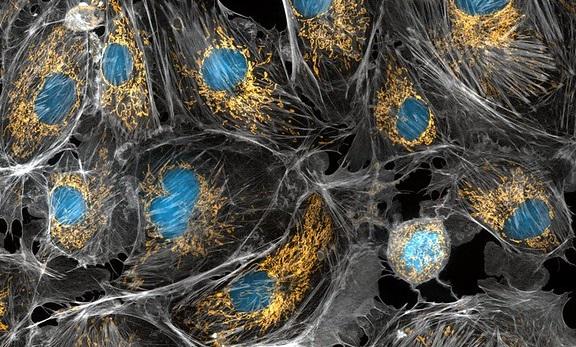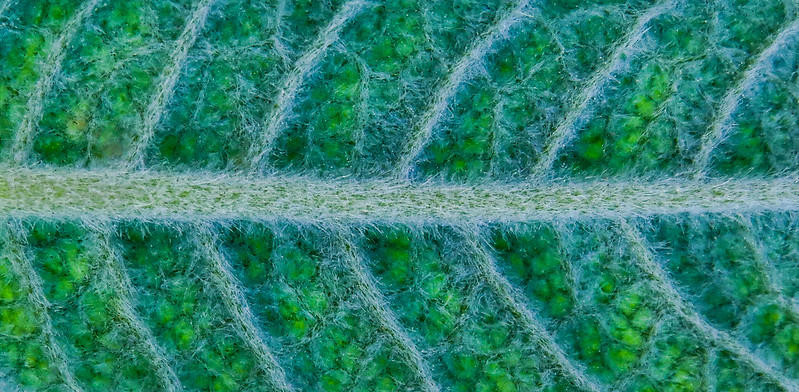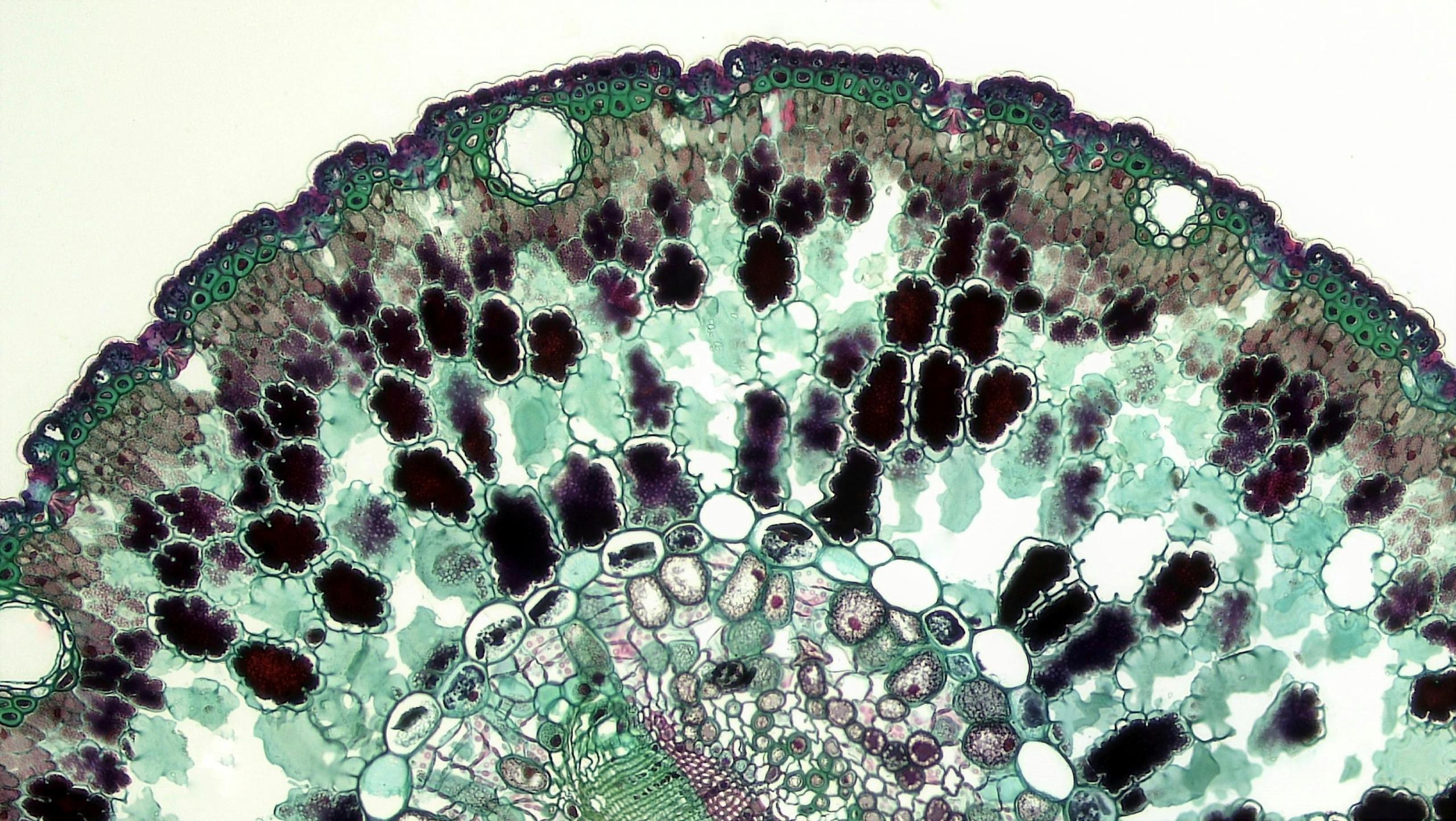A cell is regarded as the true biological atom.
George Henry Lewis
Humans are made up of cells. Animals are made up of cells. Plants are made up of cells. Cells are the basic units of life.
In other words, cells are the building blocks of all organisms.
Let's use the analogy that cells are like Lego blocks. What happens when you put blocks of the same size on top of each other?
Well, adding Lego blocks one on top of the other helps with the structure of the Lego tower. In the same way, the cells provide structure to all organisms. Within each organism, there are cells of various sizes and shapes. In fact, every cell differs in size, and you can find a cell that is 0.00001mm in diameter or one that is 150 mm.
You could assume that there is not an organism that is not made up of cells.Some are made up of one cell (unicellular) and organisms made up of many cells (multicellular). Bacteria and yeast are unicellular. Whilst you and I, animals as well as fungi are all multicellular organisms.
Since you know that all subjects are interlinked, let's trace the history of how these cells were found and bring about some historical studies in Life Sciences. It was Robert Hooke who discovered cells in 1665.
Since this discovery, cells have become a prominent part of the CAPS Life Sciences curriculum.

Cell Structures and Functions
When it comes to cells, you must note that there are differences between between plant cells and animal cells. Plant cells have cell walls where as animal cells do not have cell walls. To learn more about the difference between plant and animal cells refer to the article which unpacks the structures of plant and animal cells.
While plant and animal cells are different in many ways, there are some structures that you will find in both plant and animal cells., such as the nucleus, cytoplasm, cell membrane, and mitochondria.
Looking at the Mitochondria
The mitochondria of the cell is known to provide power to both plant and animal cells. The mitochondria is an organelle that is shaped somewhat like a boat.
This organelle is responsible for taking in lipids and carbohydrates and converting them into sources of energy.
The mitochondria's inner membrane appears folded and within these folds are the enzymes used to metabolise molecules.
Mitochondria contain their own small chromosomes. If there are any problems occurring in the pathways of the mitochondria, you will experience side effects in the brain and kidneys.
Talking about Ribosomes
It is the duty of the ribosome to receive instructions from messenger ribonucleic acid (mRNA), and assemble them into amino acids. It is these long chains of amino acids that combine to form the protein within the cell.
Ribosomes have a similar structure irrespective of what form of life they are in.
It can be very tricky remembering each cell structure and part within plant and animal cells, therefore you should think about finding a great Life Sciences tutor to assist you to understand each cell structure and function better.
Let us look at the nucleus of the cell and explore its functions further.

Nucleus Functions in a Cell
The nuclei are the main components that separate eukaryotic from prokaryotic cells. We have to note that plant and animal cells are both eukaryotic cells meaning that plant and animal cells contain membrane bound organelles.
The nucleus is one of the membrane bound organelles and it is one of the most vital organelles in the cell. The nucleus is important as it contains the genetic information and DNA which is further protected by the nuclear envelope.
The nucleus is, in fact, in charge of all the cellular activities. Picture the cell as a business; the nucleus would then be the member of the board of directors calling all the shots.
Basic Cell Structure
Endoplasmic Reticulum
Aside from the abovementioned structures, there is also the endoplasmic reticulum. It is within the endoplasmic reticulum (ER) where the long-chain amino acids from the ribosomes are received. The transfer from one organelle to the next can easily be done solely due to the fact that ribosomes attach to the outer (rough) membrane. The rough membrane folds the newly-made proteins for transport.
The inside membrane is smooth and has no ribosomes, to prevent organelles from diffusing into each other. Remember that diffusion is a passive, yet ongoing process that occurs within the cells.
It is the ER's inside membranes that busy themselves with producing lipids and hormones.
Golgi Apparatus
In the cells, there are Golgi apparatus also known as Golgi bodies. Golgi bodies are a collection of flattened sacs that are held within a membrane. We often say the the Golgi bodies are like the post office.They play their part by becoming involved in secretions and packaging of the proteins once received from the endoplasmic reticulum.
Much like the postmen, the Golgi bodies are responsible for transporting lipids and lysosome formation. If you want to learn more about the Golgi and other organelles, you need to investigate cell biology even further.
Most of the organelles that we have learnt about so far can be found in both animal and plant cells, however, now it is time to focus on the cytoplasm and its functions.
The cytoplasm refers to the gel-like substance within the cell that all of the organelles are suspended in. It contains enzymes and salt, as well as a few other molecules. Naturally, there is a substantial amount of water, too.
The cytoplasm's main function is to protect the organelles but it is also responsible for other functions such as mitosis and meiosis.
- Mitosis is the process whereby the newly formed DNA is separated into two new cells.
- Meiosis is a type of cell division that results in daughter cells being formed that have half the amount of chromosomes.
You will note that both process, mitosis and meiosis are frequently tested topics in the exam. If you want to recap this section of Life Sciences only, it is a good idea to revisit these topics with the help of a tutor. Also ask a Superprof Life Sciences tutor if he or she will help you to brush up on this topic during exams.
Lysosomes are organelles which contain contain digestive enzymes, and which are abundant in animal cells. Lysosomes don't simply consume the waste and unwanted parts; they break them down and recycle them.
However, plant cells have a different system of waste disposal. They do not have lysosomes, instead lytic vacuoles take on the task of disposing of waste in plant cells.

Functions of the Cell Membrane
While plant and animal cells are different, they have some cells that are similar and perform similar functions.
Since plant cells do not have as a robust support system as animal cells, plant cells have walls to protect and support them. The plant cell walls are made of cellulose which is a fairly rigid substance that helps plant cells keep their rectangular shape. Being without a cell wall, animal cells may take on a variety of shapes.
Both plant cells and animal have cell membranes. The cell membrane commonly termed the plasma membrane in animal cells is a thin semi permeable membrane that is found around the cytoplasm of the cell. It functions to protect the interior area of the cell and keeps other substances out of the cell. It is the cell membrane that supports the cell and helps it to maintain its shape. You must remember that proteins and lipids are a prominent part of this cell membrane. However, the amount of proteins and lipids contained in the cell membrane will vary depending entirely on the functions of the cell.
There is a lot of information that you ought to retain in Life Sciences and this is just an introduction. Why not explore some additional topics on Biology, such as the processes of osmosis and diffusion, to increase your knowledge base.















